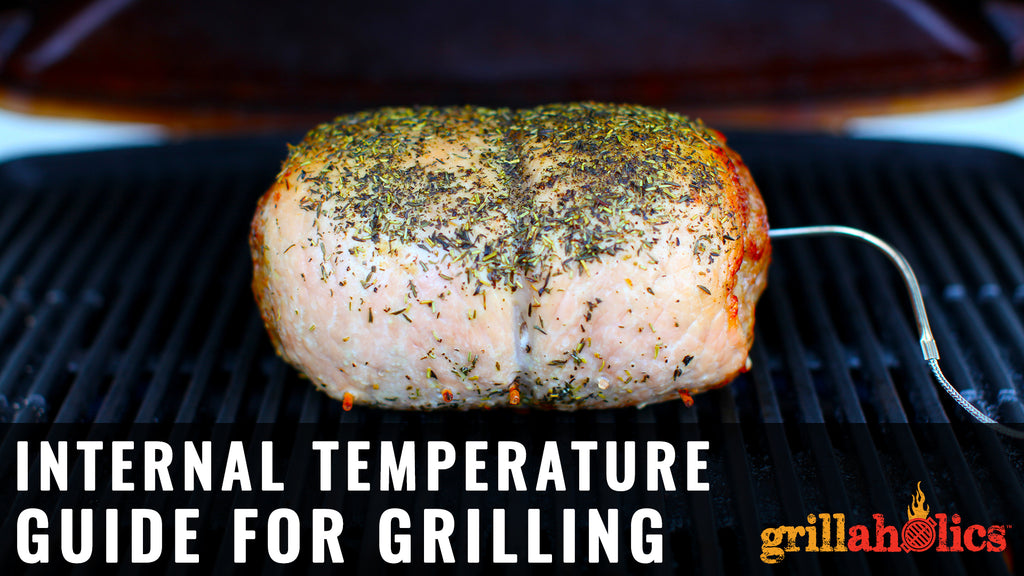Internal Temperature Guide For Grilling
Posted by Madeleine Bequette on

You're a smart guy, and you think you probably know when your meat "looks" done, but do you know the exact temperatures that would qualify them as perfect? Here's a breakdown of what steps you need to take to successfully grill any masterpiece you choose.
Beef & Pork
Ahh..my favorite. There are so many different types and ways to grill your beef that the versatility in exciting its itself! You have the options of grilling ground beef, brisket, sirloin steaks, short loin steaks, short plate steak, flank steak, chuck steaks, roasts, and RIBS! Holy crap, talk about having unlimited opportunity to make some tasty meat. It is important to note that when it comes to beef, it is recommended that medium rare is the best temperature to cook your beef. This ensures that your meat will not be "tough" and juiceless when you bite into it. And if you do order your beef "well done" don't complain about it tasting like cardboard... you asked for it.
Pork, pork shoulders, brisket, beef ribs
You should cook all of these cuts to 145°F, but it is a rule to always cook these meats to 203°F on purpose to melt the connective tissues that are rife in these tough cuts. A little excessive, BUT low and slow will always give you amazing results.
Ground meat, burgers, and sausage
It's important to know that cooking ground beef and burgers is extremely different from cooking regular cuts of meat. Cooking your ground beef to point of being well done is very important in order to get ride of any bacteria and E. coli that may have been contaminating it before. A little E. coli on a steak is not a problem because they remain on the surface and they are killed rapidly by cooking. But when meat is ground, the contamination on the surface is mixed into the center. If it is not cooked to160°F, it can find its way into your gut and cause discomfort, illness, or even death. So ground meat must be cooked to a higher temp than whole muscle meat. In summary, just cook your meat fully please! Checkout this article to see tips and tricks on grilling burgers safely.
Fish & Shrimp
When it comes to fish, similar to beef, the options are endless and there is so much room for experimenting, however, knowing the appropriate temperatures can drastically improve your seafood experience. When it comes to Salmon, just like all fish, doesn't have any collagen so it's moisture is lost quicker than beef. The desired temperature recommended by the FDA is 145°F, but if you want a flakier more moist salmon, 125°F is definitely the way to go. When it comes to shrimp it is easy to see when they are done! However, it is easy to overcook your shrimp and run into the problem of constriction that is evident through its tough texture. If you want to cook it to the perfect temperature, shoot for 120°F to 145°F and a change in color (light pink). Overall, when it comes to any fish, it is good to stay between 120°F and 145°F so you don't overcook or undercook!
Chicken & Turkey
If you're a chicken lover like myself, it is pretty easy to see when chicken is generally done. However, if you ever want to double check and be absolutely sure that it is perfection, use a meat thermometer and stick it in the thickest part of the meat and make sure it is at 165°F. At this temperature your meat will still be moist, so don't worry!
I hope this guide helps with any BBQ adventure you choose to take! If you are looking for a way to have all of this super helpful info on hand, checkout our grilling heat temperature magnets to always be ready when you're at the grill.



